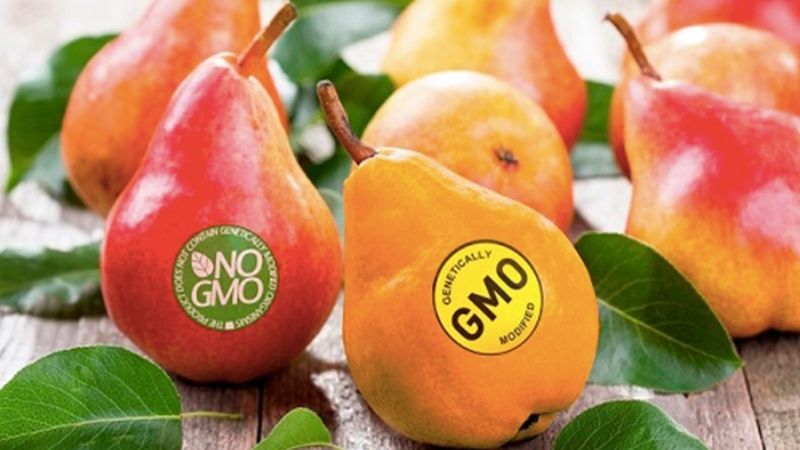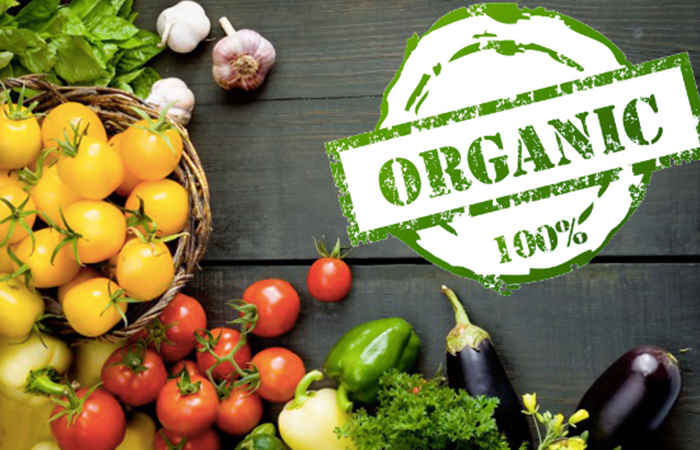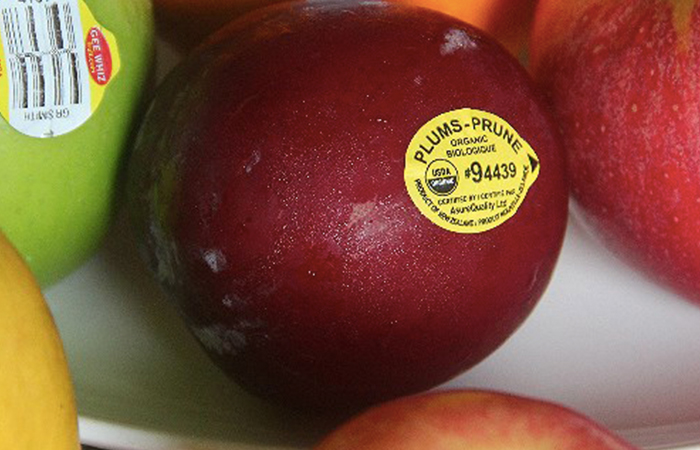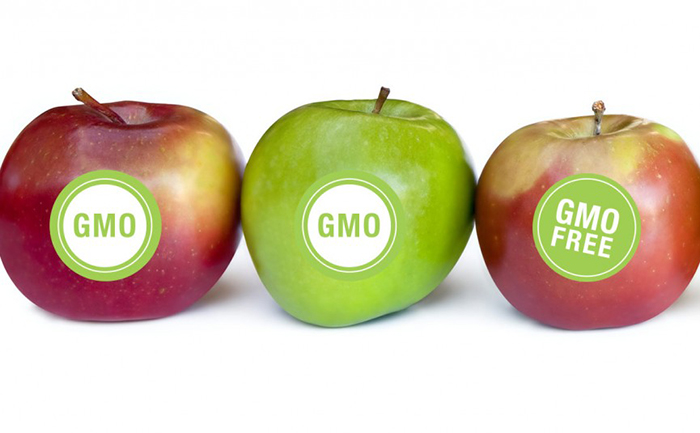As society advances, consumers are increasingly concerned about their health and well-being, prompting a shift towards cleaner, non-toxic foods. However, conflicting information about genetically modified and organic foods can be confusing. Let’s clarify the differences between these two types of food choices.
1 What are Genetically Modified Organisms (GMOs)?
To understand non-GMO foods, we must first grasp the concept of GMOs. GMOs, or “Genetically Modified Organisms,” are foods derived from crops and livestock bred through genetic engineering rather than traditional methods. Scientists manipulate the genes of plants and animals, cutting, grafting, and altering their DNA to create entirely new species not found in nature.
 Genetically Modified Organisms (GMOs)
Genetically Modified Organisms (GMOs)
Initially, the purpose of GMOs was to enhance the nutritional content, disease resistance, and reduce the cultivation costs of crops and livestock. However, the potential benefits have been overshadowed by concerns about their impact on ecological balance and human health, leading to bans in several countries, especially in Europe. Experts recommend opting for non-GMO foods instead.
Non-GMO foods do not use genetically modified seeds or feed for livestock, but they may still contain other harmful chemicals such as pesticides, herbicides, and growth hormones. Despite the known health risks, GMOs have gradually become a part of the daily diet in Vietnam.
2 What are Organic Foods?
Organic foods are produced through organic farming methods and adhere to specific standards. While organic standards vary globally, they share a common goal: fostering clean and sustainable farming practices without the use of genetic modification, artificial additives, preservatives, or growth hormones.
Consuming organic foods reduces the risk of food poisoning and minimizes exposure to toxic pesticides, ensuring a safer and healthier developmental journey. According to a US study, over 80% of the phosphorous in our bodies comes from pesticide-laden food.

3 Differences Between Non-GMO and Organic Foods
By now, you probably have a basic understanding of the distinctions between non-GMO and organic foods. Let’s delve into these differences further for clearer comprehension.
– Non-GMO Foods: While these foods do not use genetically modified seeds or feed for livestock, they may still be treated with agricultural chemicals such as pesticides and herbicides.
– Organic Foods: Organic foods are non-GMO and produced without the use of artificial additives, preservatives, chemicals, or growth hormones.
4 How to Identify Non-GMO and Organic Foods When Shopping
Now that you understand the differences, the challenge lies in identifying these foods during your grocery trips. Here are some tips to guide you:
Note: These methods apply to plant-based products typically found in reputable supermarkets and stores.
– Check the Codes: The simplest way to differentiate between non-GMO and organic foods is by examining the codes on the product labels, commonly found in reputable supermarkets.

– 4-digit codes starting with 3 (e.g., 3020) indicate that the food has been treated with ionizing radiation to enhance safety and prolong shelf life.
– 4-digit codes starting with 4 (e.g., 4139) signify conventionally grown produce treated with pesticides, herbicides, growth stimulants, and inorganic fertilizers within regulated limits. These are non-GMO foods.
– 5-digit codes starting with 9 (e.g., 94750) denote organically grown produce, free from harmful chemicals and genetic modification.
– 5-digit codes starting with 8 (e.g., 84139) indicate that the produce has been genetically modified (GMO).
– Certification Labels: Vietnam has implemented mandatory labeling regulations to help consumers identify GMO and non-GMO products more easily.

Look for labels indicating “GMO-free,” “Non-GMO,” or “Contains no genetically modified ingredients.” These products may still contain trace amounts of GMOs, up to 0.9%. The term “genetically modified” in Vietnamese must be displayed alongside the modified ingredient and its percentage on the label, as per regulations.
While non-GMO foods avoid the use of genetically modified seeds and feed, they may still contain other chemical residues. In contrast, organic foods are free from genetic modification and harmful chemicals. It is essential to distinguish between these two categories to make informed choices for your health and well-being.


































